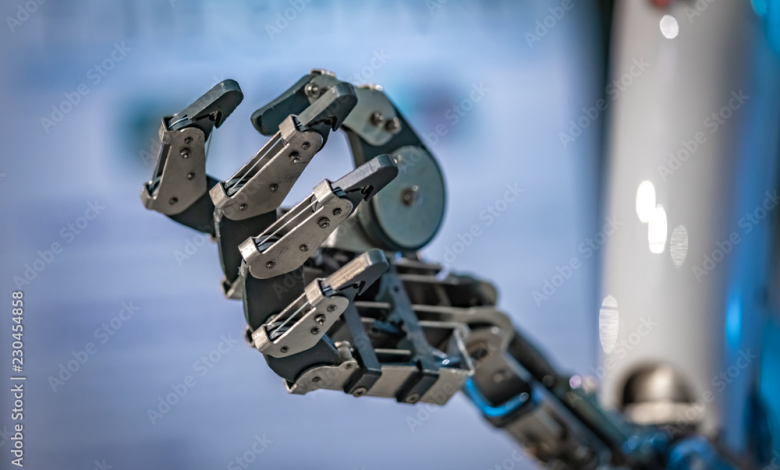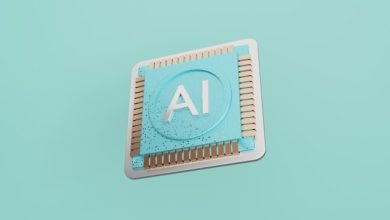
Humanoids can now jog, climb, and even pull off acrobatics, yet many still struggle with something as simple as picking up a screwdriver reliably. This problem illustrates why humanoid robots have yet to justify their multibillion‑dollar investments.
Everything around us assumes human‑level dexterity. Door handles, construction tools, factory equipment, and dishwasher handles all require the precise grip and manipulation that only human hands provide. Round doorknobs demand rotational force while maintaining steady pressure. Socket wrenches need both grip strength and fine motor control. Our built environment emerged from centuries of design iterated for human hands.
Most economic value comes from manipulation, not mobility. Industries like manufacturing, assembly, construction, food preparation, and countless other sectors rely on physical–manual work. Estimates place manual‑labor compensation at ~50% of global GDP (~$42T/yr). By comparison, mobility/transport sectors represent a much smaller share of value added—and yet they’ve absorbed the lion’s share of “autonomy” hype and investment.
Many leading humanoid programs have their priorities backwards. Tesla’s Optimus walks impressively but has repeatedly relied on human teleoperation during public demos. Figure AI’s early public milestones and media coverage emphasized walking before robust manipulation, and it later raised ~$675M to accelerate development. Boston Dynamics routinely reminds audiences that showy stunts are not the same as job‑site utility. Across the field, locomotion and navigation often outrank the dexterity that would actually drive economic value.
This skewed focus extends beyond humanoids. Navigation is important, but autonomous‑mobility drew well over $100B this past decade; McKinsey’s ACES tally shows ≈$330B since 2010, with about two‑thirds ($206B) going to autonomous‑vehicle tech and smart mobility. Meanwhile, leading manipulation‑focused companies have raised amounts in the hundreds of millions—impressive, but dwarfed by autonomy’s totals. Examples: Physical Intelligence ($400M); Skild AI ($300M); Covariant (total ≈$222M); Dexterity ($95M in 2025; ≈$291M total). For scale, Waymo alone secured $5.6B in 2024.
Why the imbalance? Dexterous manipulation is harder than navigation. As one BD lead put it, getting a humanoid to “consistently and economically and safely do useful things” may be the hardest problem in robotics. The autonomy stack could lean on mature sensors (cameras, radar, lidar, GNSS) and well‑established fusion methods; dexterity must invent compact, reliable actuators and tactile sensors for human‑hand‑scale control, and mature an AI stack that reasons from vision, language, and touch to action—an area (VLA) still advancing rapidly.
If humanoids are destined to become as ubiquitous as cars, we need to focus on what will make them useful: their ability to perform work. That utility lives largely in their hands. A robot that manipulates objects like a human—whether it walks or rolls—could transform manufacturing, elder care, and service industries. The future of robotics isn’t about building better athletes; it’s about building better workers. Their future is in their hands.





